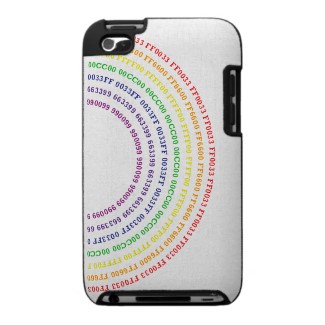Lots of Aspergers kids (and a few adults) have a very hard time with apologies. They won’t apologize unless they feel genuine remorse — and because they often don’t understand others or pick up on the feelings of others, they never do feel true remorse.
But apologies are important to anyone who lives with other people. I often say they are part of the lubrication that keeps human society moving smoothly. Sincerity and remorse aren’t essential. If we have caused hurt to another human, we apologize, whether the hurt was intentional or accidental, the result of a planned action or not.
The following is a bit disjointed, for which I apologize <grin>. It was originally something I wrote in several e-mails. I have edited it slightly for my blog.
The wording can differ: “I’m sorry” covers everything but may be too weak for the situation. “I’m sorry, I didn’t mean to hurt you” covers accidents, and “I’m sorry, I should have realized that doing XYZ would cause hurt” covers a conscious error on your part. We need to try to read people to judge the proper level of apology, but it’s better to err on the more apologetic side than the lesser.
It always bugs me to hear NT parents say they want to know how to teach their AS kids to feel remorse, or apologize with sincerity. Yes, it’s nice when we Aspies can feel remorse, but if we show the proper actions and make amends, does it really matter if we do it from remorse or because we logically know it’s the appropriate thing to do?
Some more things about apologies:
• There’s a form of apology that is interpreted as an insult, where the person feels you are not apologizing for your actions, but their reaction to them. “I’m sorry you feel that way” can be tricky, because a lot of people interpret that as “I’m sorry you misinterpreted my reasonable action” — not a good way to make amends. [And one I get from a lot of tech support call centers ... "I'm sorry you can't make our software work" is no apology.]
• Never use the word “but” in an apology … “I’m sorry but I had to do XYZ” is no apology.
• Similarly, watch out for apologies where “you” is the subject of the sentence … “I’m sorry you didn’t/couldn’t/wouldn’t see/do things my way” is also no apology.
• The best apology is to:
- Say the words “I’m sorry”
- State what you did, as an “I” statement: “I broke your dish”
- Either offer to make amends “Can I replace it?” or ask if you can make amends “I’d like to replace it, can you give me the information I need to buy a new one?” The person will probably refuse the replacement. The more valuable an item is, the more you should insist on replacing it. But don’t ever force the person to accept your amends.
• Some Aspies have trouble with apologies that don’t follow this format, especially with the “I’m sorry” you are supposed to say upon hearing of a death. After all, the Aspie had nothing to do with the death, and there are no amends s/he can make. But “I’m sorry” is also used as a general statement of sympathy, as in “I’m sorry that something happened to you that saddens you; I wish there was something I could do to make you feel better.” It would be nice if the English language had different terms for “I did wrong and want to fix it” and “I’m expressing solidarity with a person who was wronged by another/the universe” … but we only have one phrase to cover both.
• If you feel your apology won’t be accepted, you can try “I’m sorry I hurt you. I’m not sure what I did that hurt; can you help me understand?” Again, you are not blaming them for getting hurt, you aren’t agreeing to their view, you are just asking for explanation, with the intent that when you understand (not necessarily agree with) their viewpoint, you will be able to avoid hurting them in the same way again.
• There’s a difference between apologies for doing wrong and for hurting the other person. It’s easy to apologize for hurting, but doing wrong needs a lot more:
- understanding what the wrong thing is
- agreement that it is wrong, not just different
- understanding how the wrong thing affected the other person negatively
- the apology — expressing remorse for doing wrong
- understanding what amends/change is expected of you
- your agreement that this is something you should change
- figuring out how to make such a change
- conveying to the other that you really want to change and will try to do so.
That’s a lot to pack into one apology! Especially if you aren’t sure what you did that the other sees as wrong … I’d start with an apology for hurt, and a follow-up question asking them to explain the wrong and what they would have liked to see happen instead.






Great article, Liz. I really like the way you anticipated the various thought obstacles that (more literal inclined) Aspies frequently encounter with this issue.